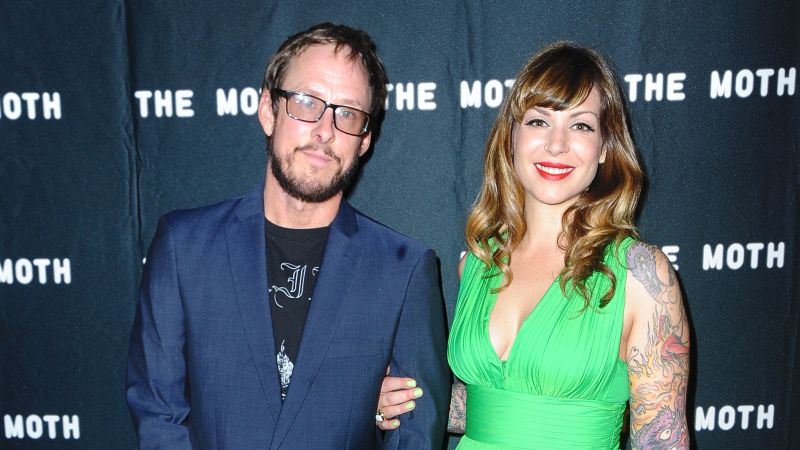On a quiet Tuesday afternoon in the East Los Angeles neighborhood of Eagle Rock, a shocking incident unfolded involving Jillian Shriner, an author and the spouse of Scott Shriner, the bassist for the iconic rock band Weezer. The Los Angeles Police Department (LAPD) confirmed that the situation escalated to the point where law enforcement officers shot Jillian and subsequently arrested her on suspicion of attempted murder. This startling event has raised many questions, both about the circumstances that led to the shooting and the context surrounding it.
According to reports from the LAPD, officers were on site in the rear yard of a residence as part of their efforts to locate a suspect involved in an unrelated hit-and-run incident. While conducting their investigation, they observed Jillian Shriner in a neighboring home, visibly armed with a handgun. Upon noticing the weapon, the officers instructed Shriner multiple times to drop the firearm; however, she refused to comply. The situation took a dramatic turn when Jillian pointed the handgun at the officers, prompting an “Officer-Involved Shooting.” Law enforcement fired at her, resulting in her being struck by gunfire. She then fled into her residence but later emerged for arrest.
The LAPD’s press release did not clarify the reasons behind Shriner’s possession of a handgun, especially as no apparent connection existed between her and the hit-and-run case the police were investigating. This detail has fueled speculation regarding the nature of her actions and mental state during the encounter. Officers who responded to the scene found a 9-millimeter firearm in her home, further complicating the narrative surrounding the incident, especially since no other individuals, including the police, sustained injuries during this tense episode.
Following the shooting, Jillian Shriner was transported to a local hospital where she received treatment for a non-life-threatening gunshot wound. While initial reports regarding her condition indicated that she was stable, it remains uncertain whether she has been discharged to a correctional facility or if she continues to receive medical care. Currently, publicly available arrest records list her bail at an astonishing $1 million—a figure that showcases the seriousness with which authorities are treating the situation.
The incident has further rippled into the broader context of law enforcement actions and community safety. The LAPD officer involved in the shooting will likely face scrutiny as the investigation unfolds, with many wondering about the appropriateness of the police’s response to Jillian’s actions. Meanwhile, as the investigation into the hit-and-run incident continues, it was reported that one male suspect connected with the case was taken into custody but subsequently released by the California Highway Patrol. However, two other suspects remain unaccounted for, adding another layer of complexity to the ongoing inquiries.
At the center of this controversy is Jillian Shriner, now facing serious charges that could impact not only her life but also her family. Married since 2005, Jillian and Scott Shriner are typically known for their contributions to the arts and music. Weezer, the celebrated band that Scott plays a vital role in, has been allocated a spot in the lineup for the Coachella Music Festival occurring this coming weekend. They are set to perform at the Mojave tent on Saturday, although the developments surrounding Jillian may cast a shadow over their appearance and the family’s public image.
As more details surface, the ramifications of this unsettling incident ripen. With a myriad of unanswered questions lingering in the air —from the motivations behind Jillian’s actions to the police’s handling of the situation— this poignant affair serves as a sobering reminder of the complexities of mental health, gun possession, and the volatile interactions between civilians and law enforcement. The outcome of this incident will be closely watched, not only by the involved parties but by the public and critical observers seeking a deeper understanding of the intersection of tragedy and law in contemporary society.











